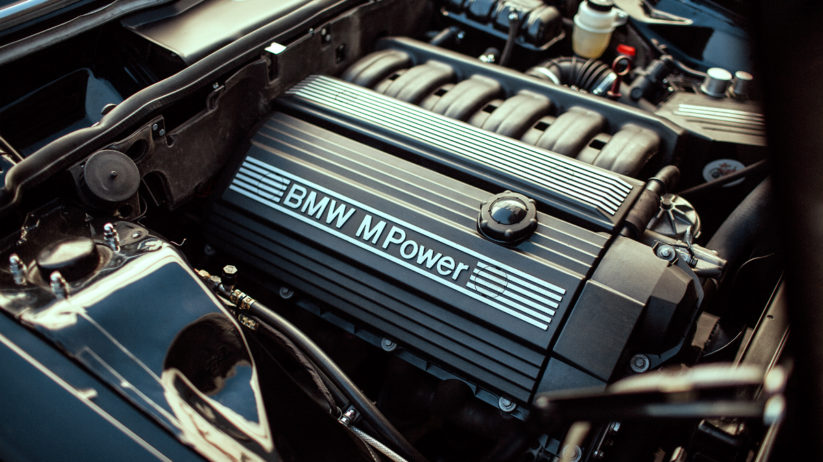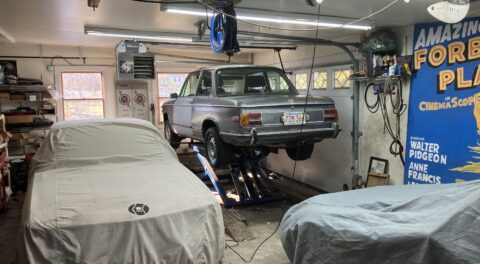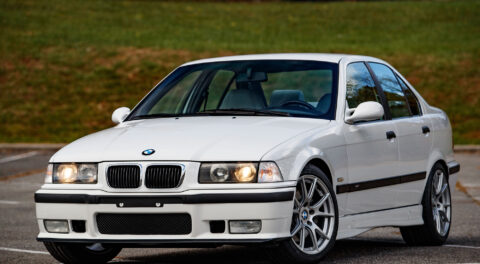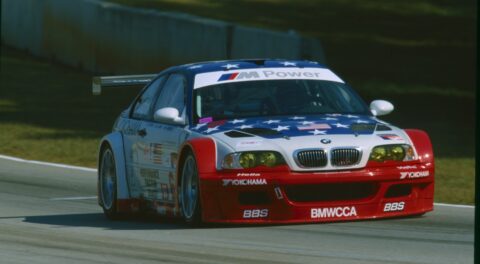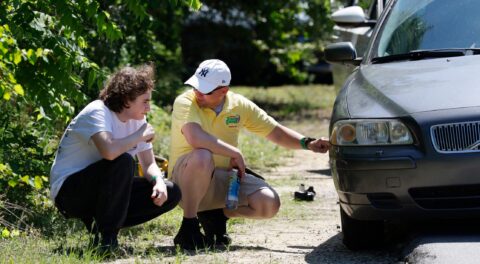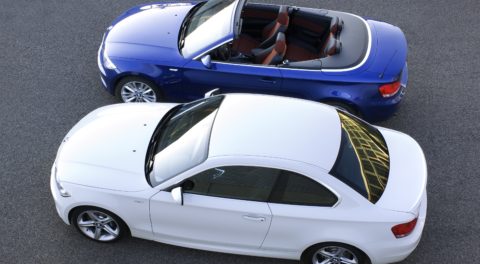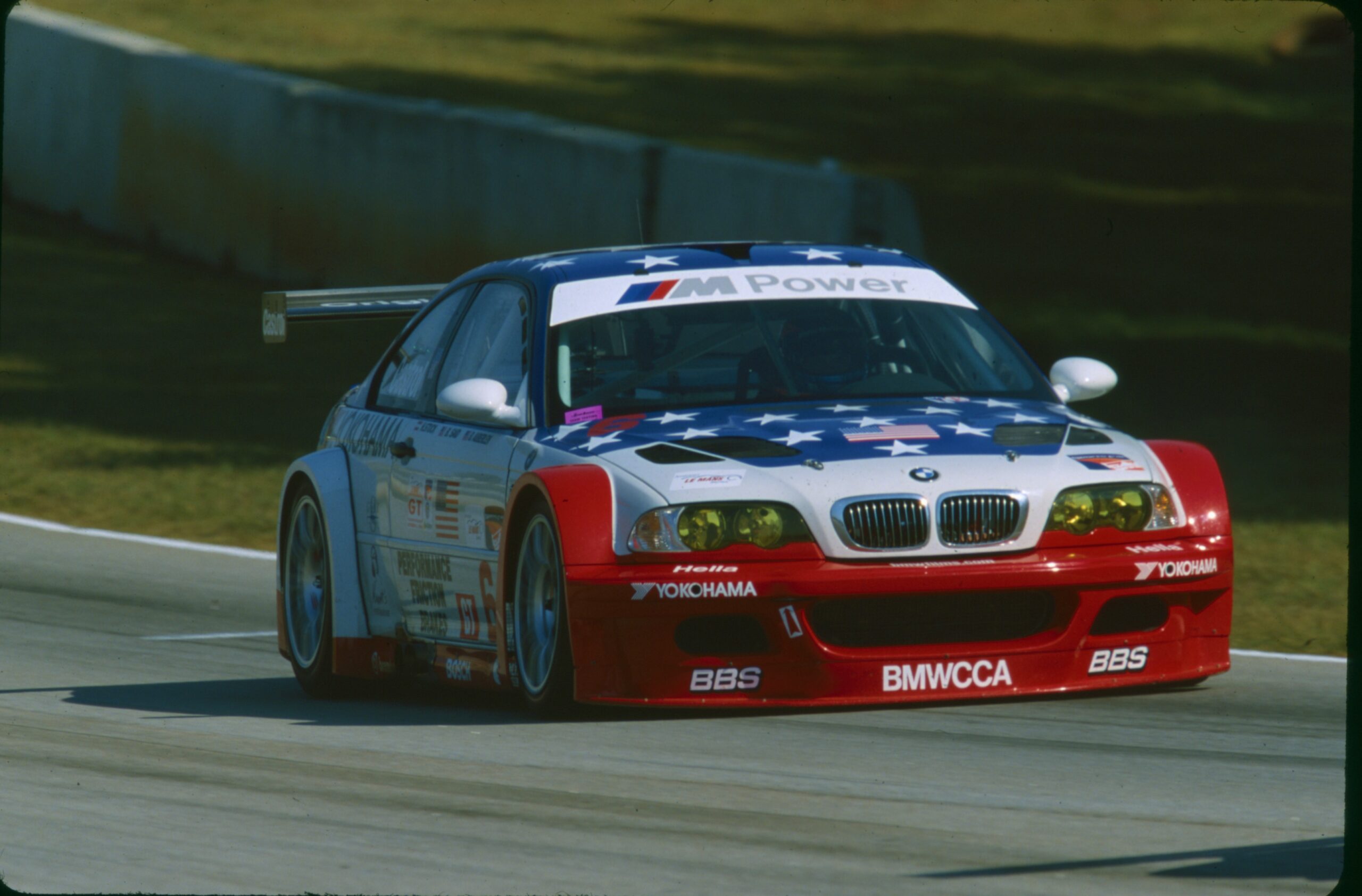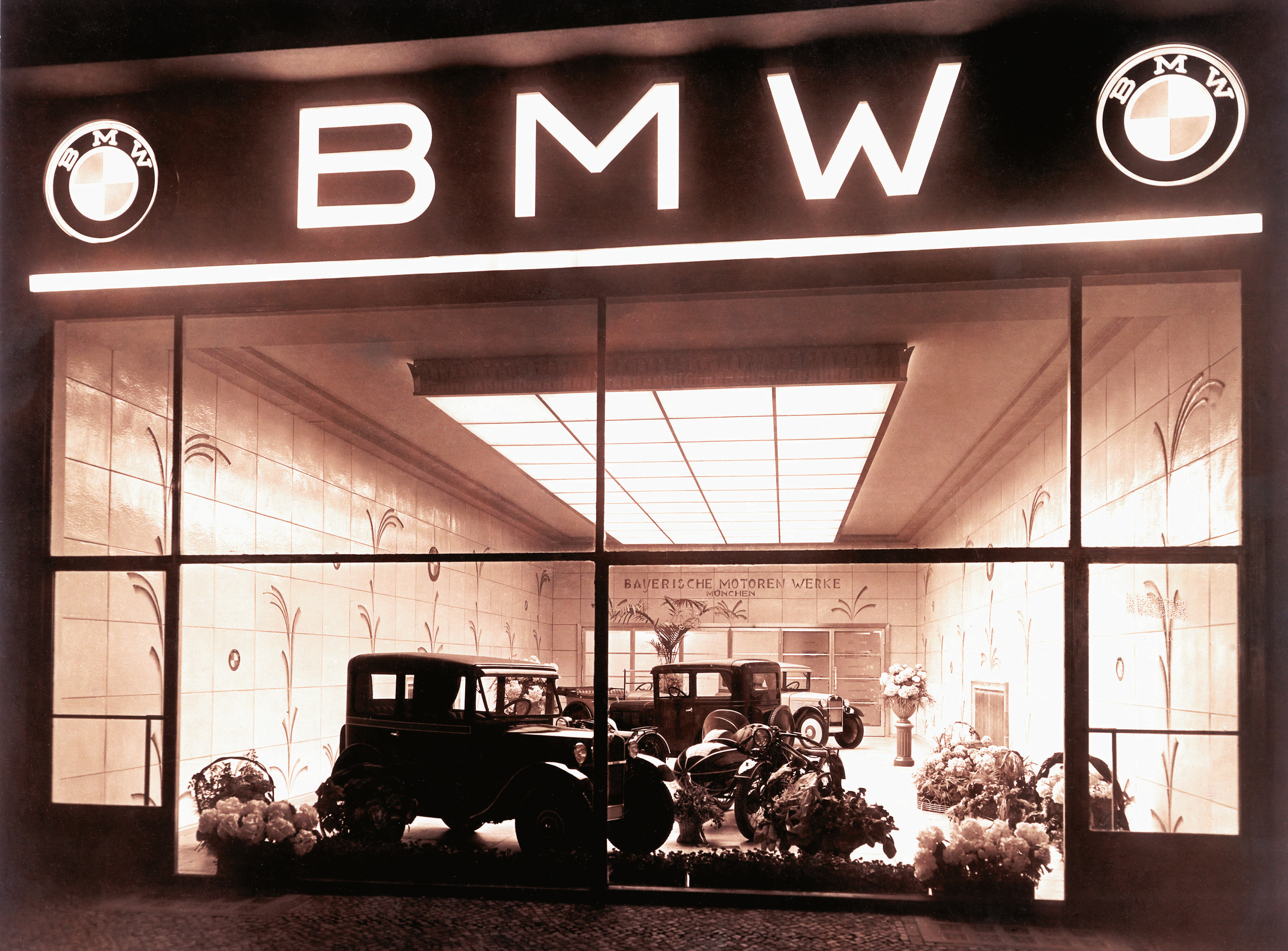There’s a fairly good—sized chunk of the BMW—loving population that still, to this day, laments the fact that the US-market E36 M3 did not receive the Euro S50 engine. This article is not for those people.
Much like my previous article singing the praises of the N52, I’m going to spend the next few hundred words telling you why I love the S52. It’s hardly a hot take to say that the S52 is one of the greatest BMW engines ever built. Still, in many ways, it’s an unsung hero. That’s hardly an appropriate fate for a free-breathing inline six that’s quite inclined to sing, and loudly.
Lacking the exotic construction of the Euro S50, as well as its trademark individual throttle bodies, the S52 is essentially a bored and stroked M52. While less powerful than its fancy European cousin, it produced a still-respectable 240 horsepower. The real beauty of this engine comes from its potential and its stone cold reliability.
The S52 is incredibly responsive to modifications. It has tremendous aftermarket support, and new owners will be happy to know that the modification path is well-established. Still, anyone who’s ever played with bolt-ons will be familiar with the recipe: cold air intake, exhaust, underdrive pulleys, and a software tune are a great start. Add an M50 intake manifold and a Porsche MAF and you’re looking at some impressive numbers without even removing the valve cover.
Due to its beefy, somewhat overbuilt nature, the S52 is also a prime candidate for forced induction of you so choose. The cast-iron block and strong bottom end can handle plenty of boost.
To that end, stock or lightly modified S52s enjoy incredible longevity. It’s not unheard of to see these engines with over 200,000 miles on them with just routine maintenance.
To me, the concept of true luxury has always invoked a sense of permanence. Being able to buy something well-built that will outlast its more ephemeral contemporaries (and possibly its buyer) is the true indicator of wealth and power. The S52 has power in droves, and if gets tired around 300,000 miles or so, spend a weekend replacing the rod bearings and you should be good for another quarter-century at least.
[Photo Credit: Mike Burroughs, Stanceworks]

